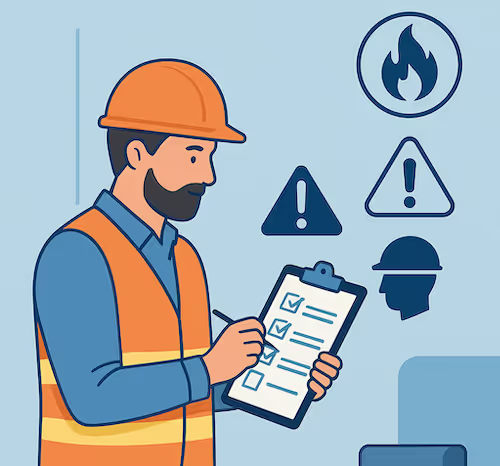Prohibited or supervised activities for lone workers
These prohibitions relate to situations where the absence of immediate assistance can lead to serious consequences in the event of an incident.
Prohibited activities
Some activities are prohibited for a lone worker. These prohibitions concern people working on elevators, freight elevators, elevators whose speed does not exceed 0.15 meters per second, escalators, moving walks or automatic vehicle parking installations. (article R4543-20 of the Labor Code).
The article R.4543-21 of the Labour Code strictly regulates the interventions carried out by an isolated worker on the roof of a moving passenger compartment. This type of situation presents increased risks, including falls, ofsmashing Or of imbalance due to the movements of the machine.
To guarantee the safety of workers, this article imposes specific conditions intervention in isolation situations:
- The mobile home or the equipment concerned must be equipped with a maneuver control device inspection to allow the worker to intervene safely.
- Of fall risk prevention measures must be set up as guardrails or secure platforms.
- If no collective solution is possible, the employer must provide for a Adapted PPE, like a harness with a life line.
Activities with active surveillance
Other work situations require active supervision by a person competent to intervene, Give the alert and first aid in case of an accident. For example, the following cannot be done by a lone worker:




















